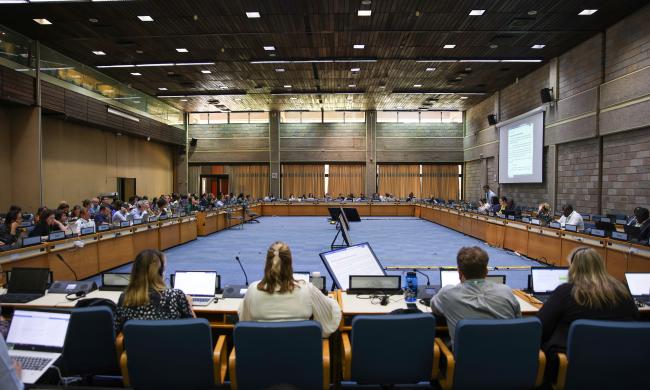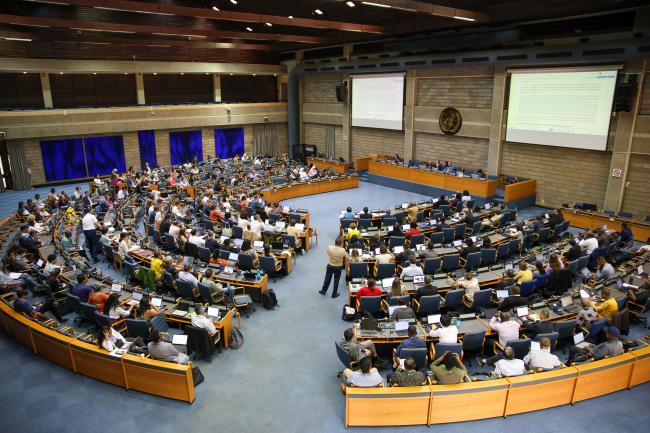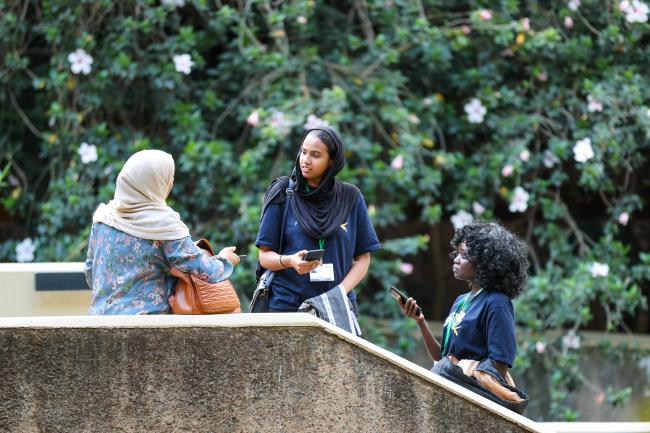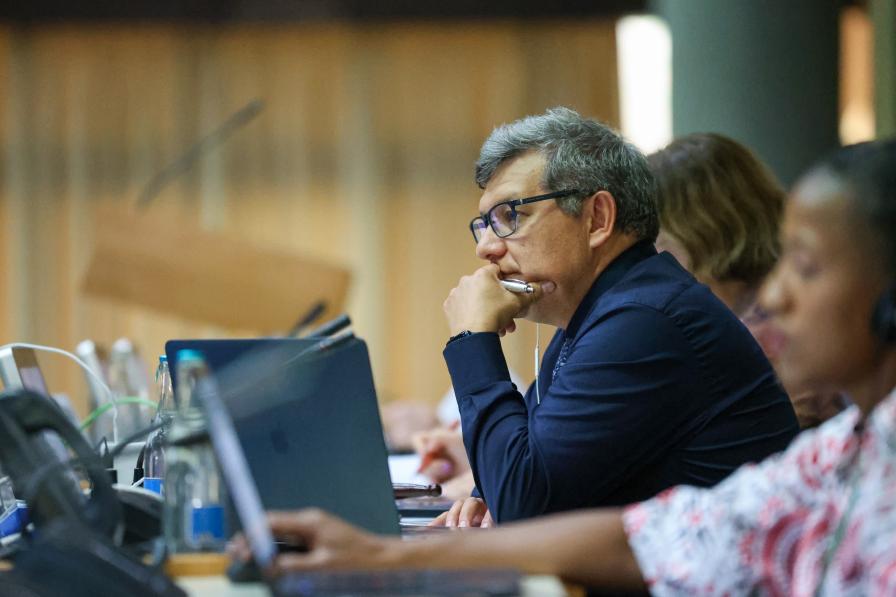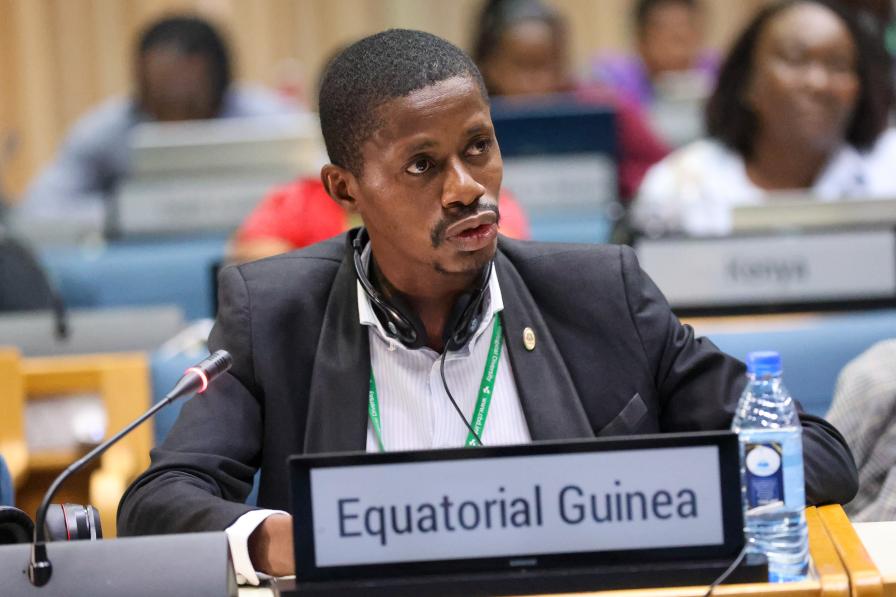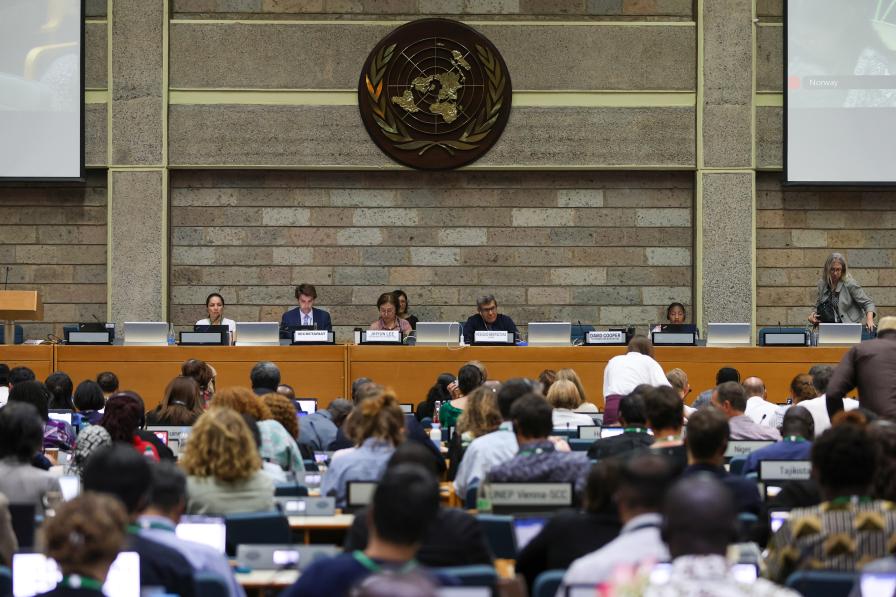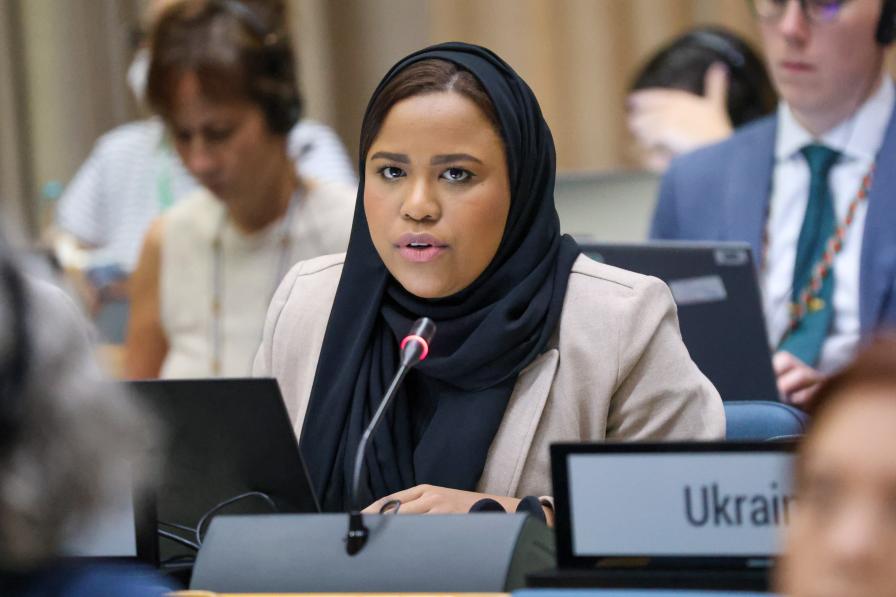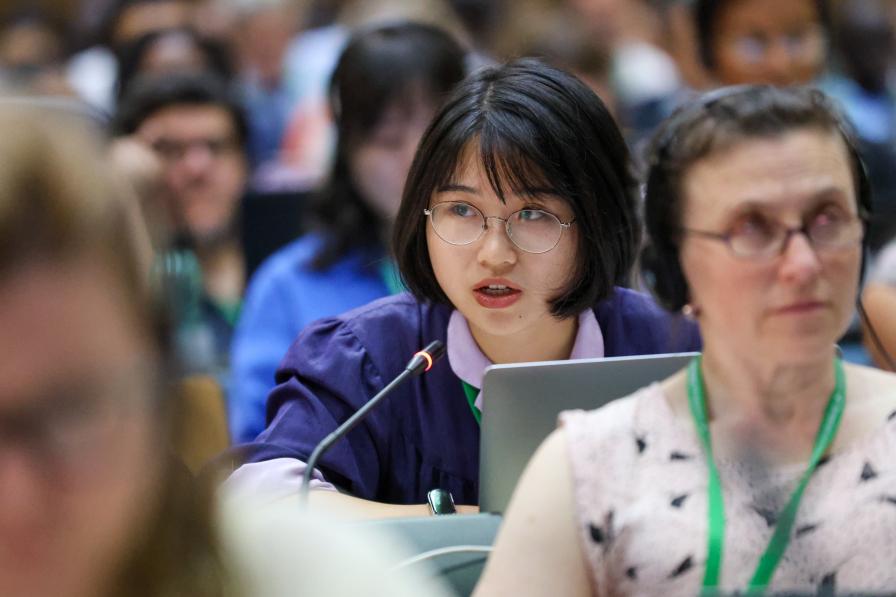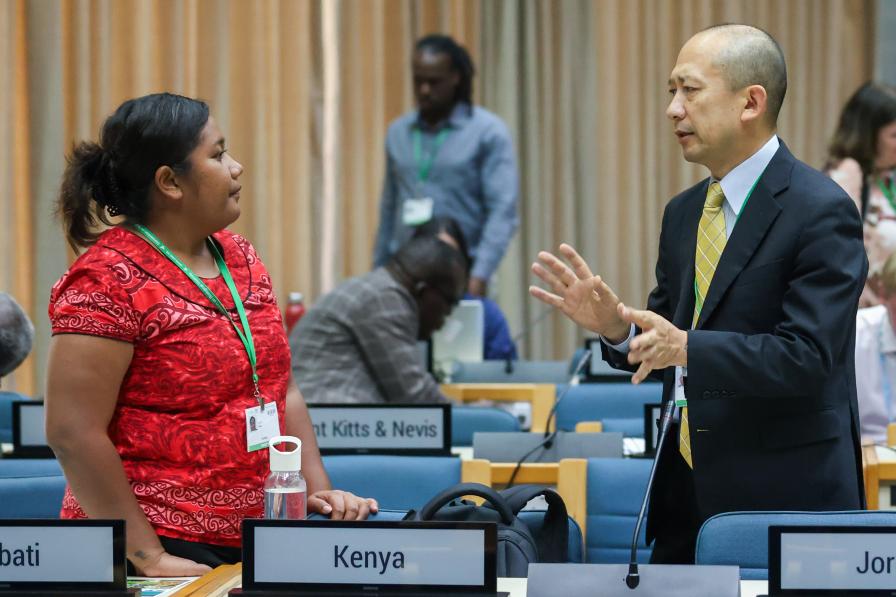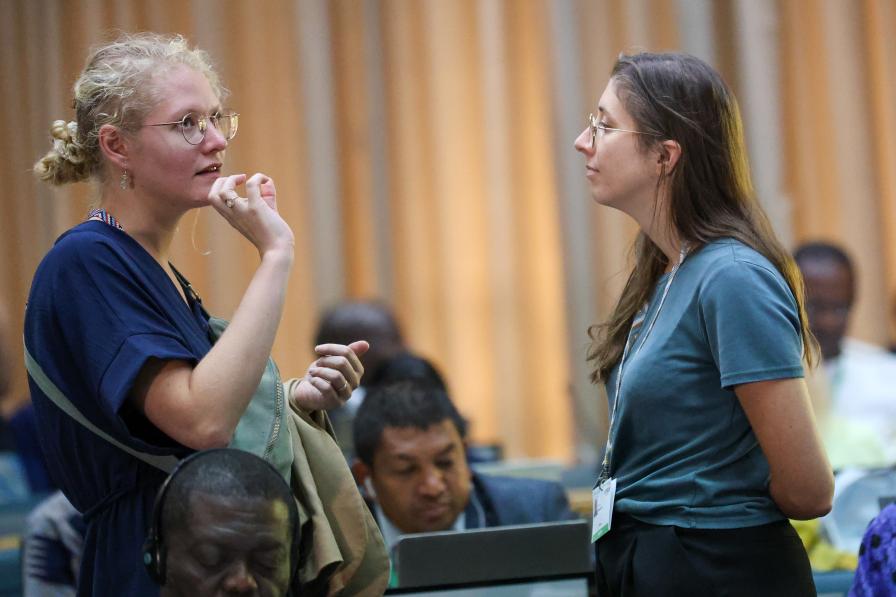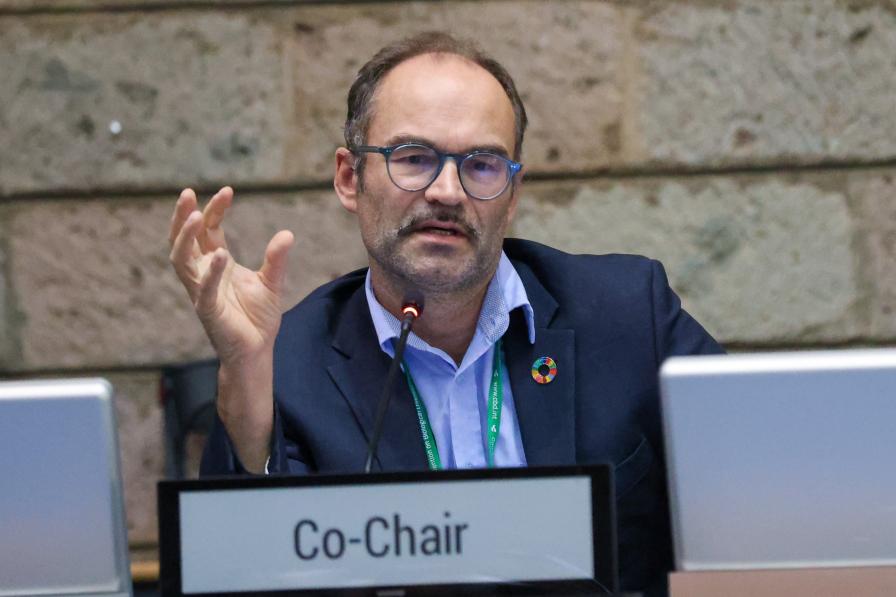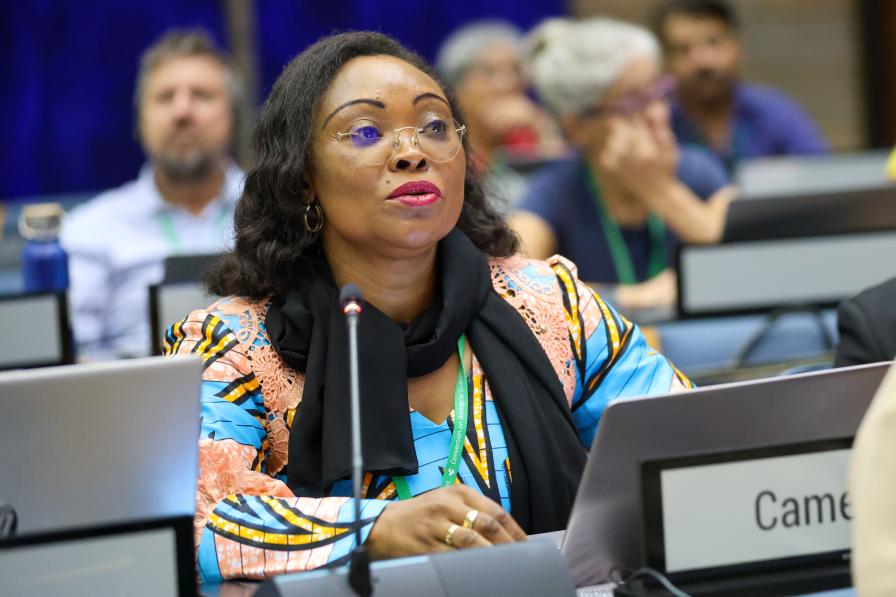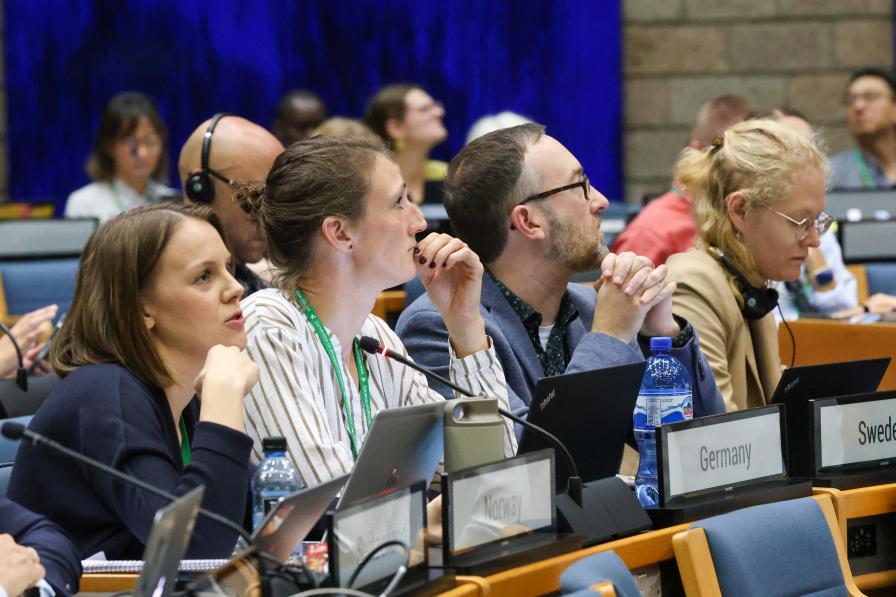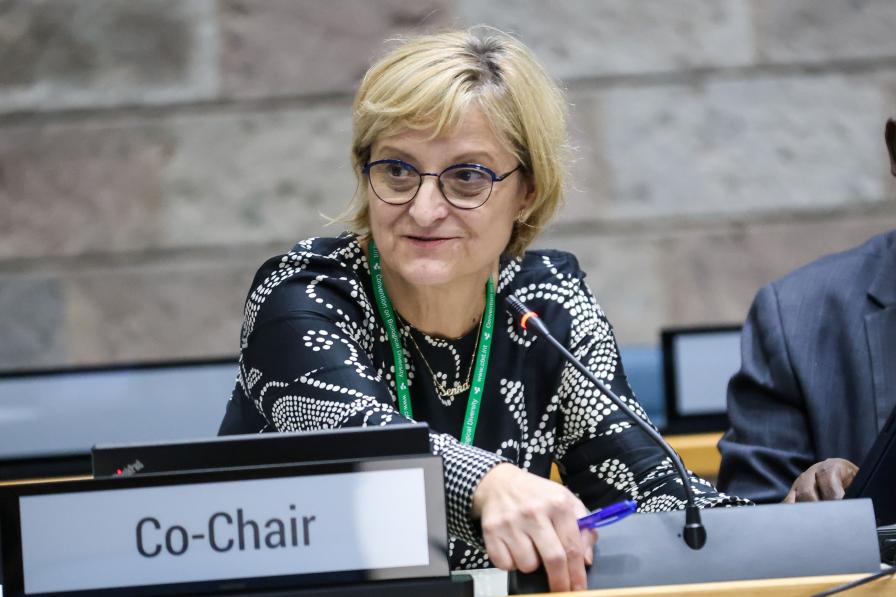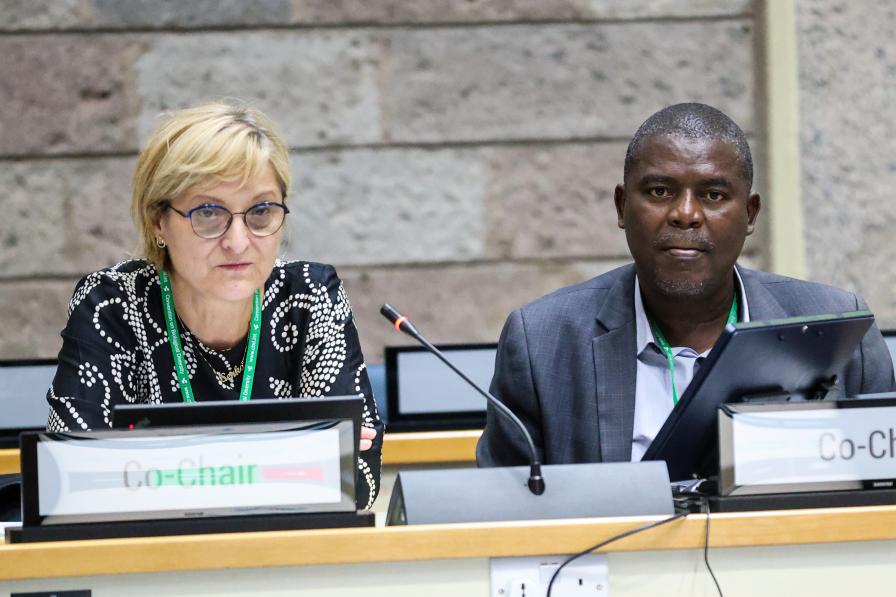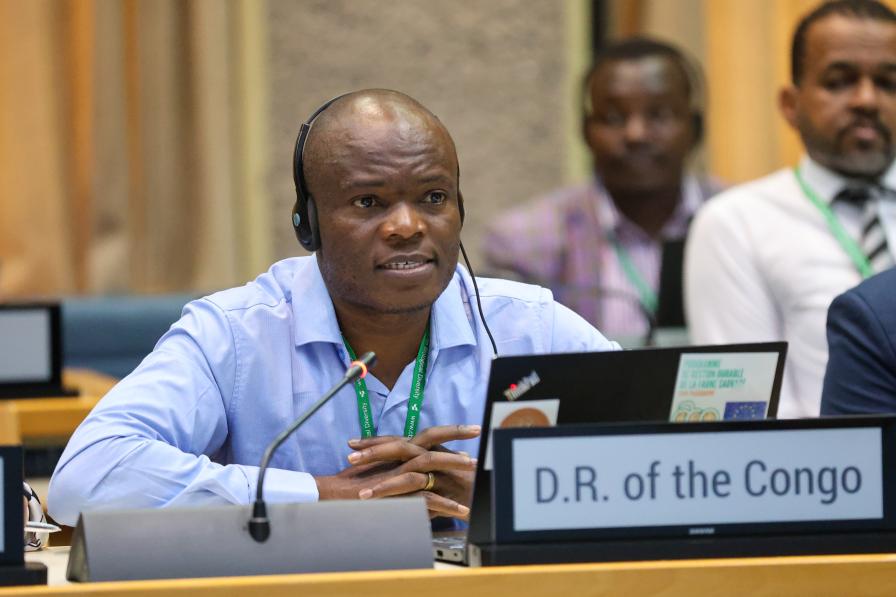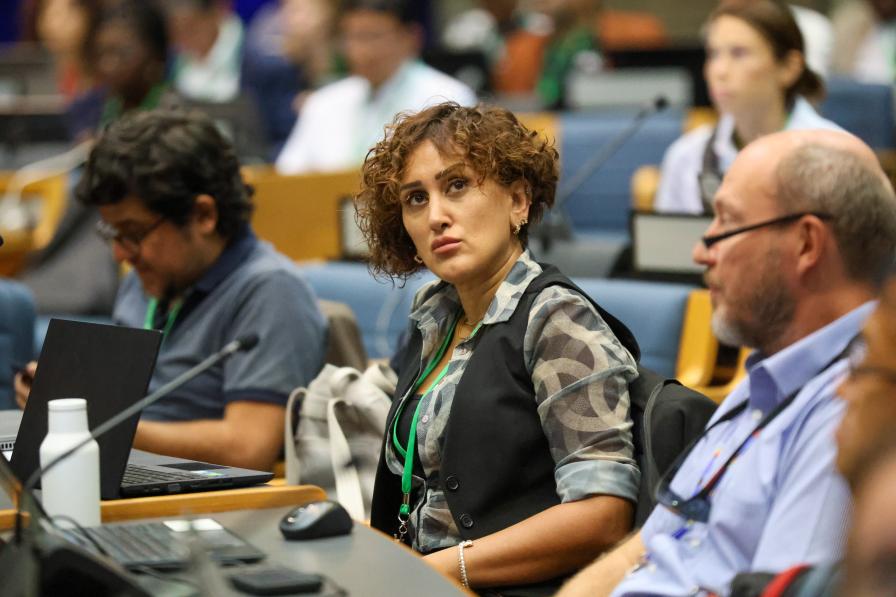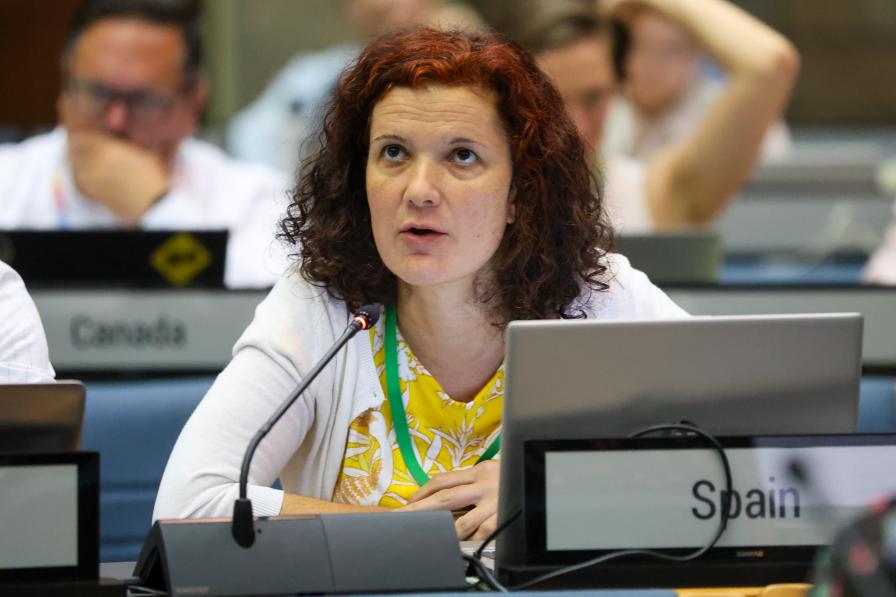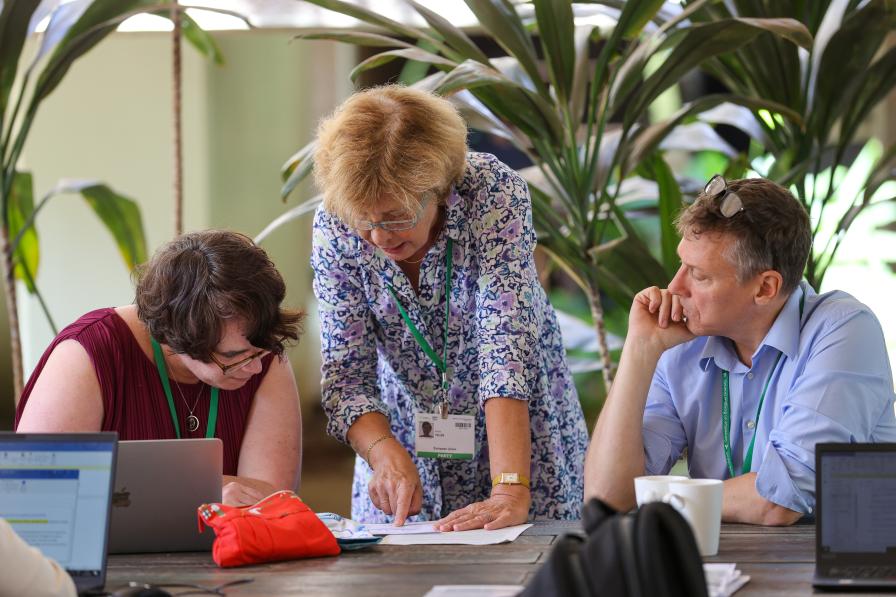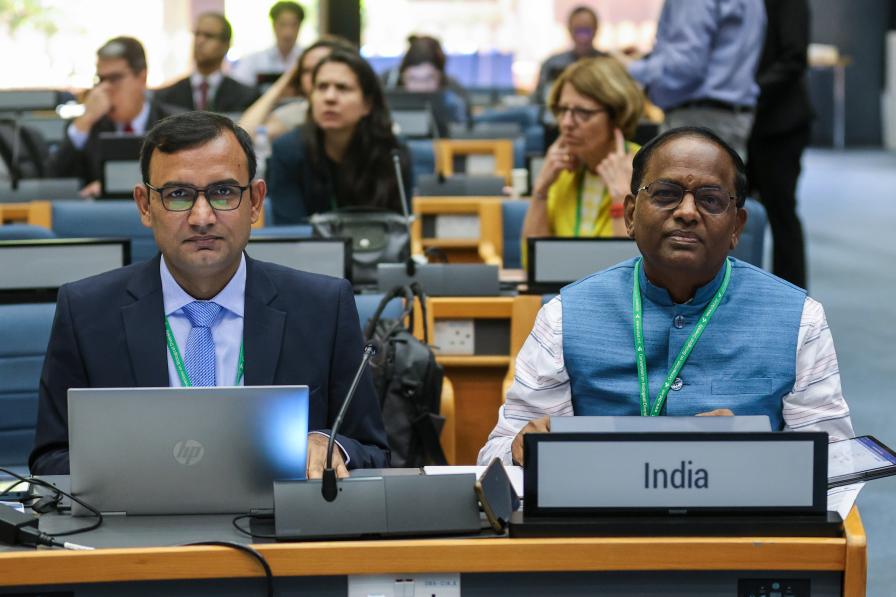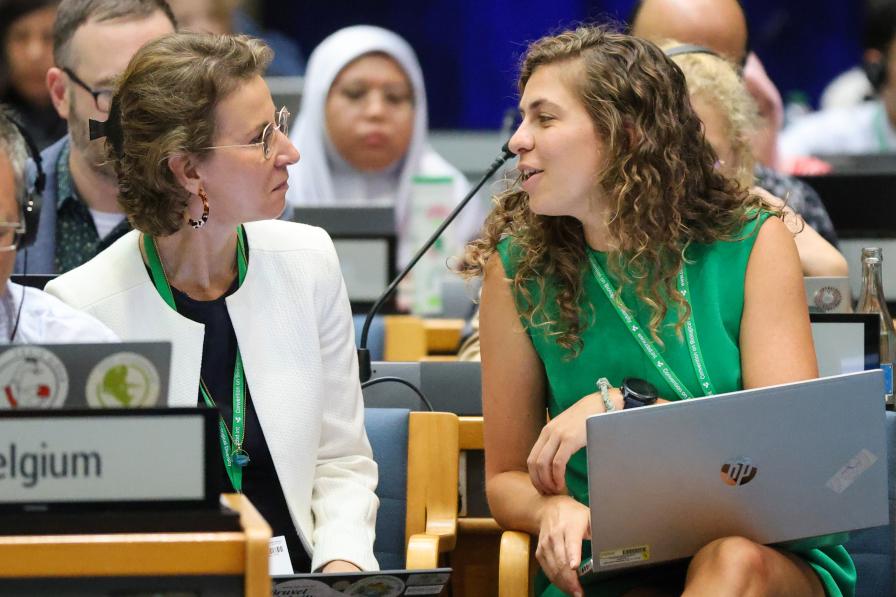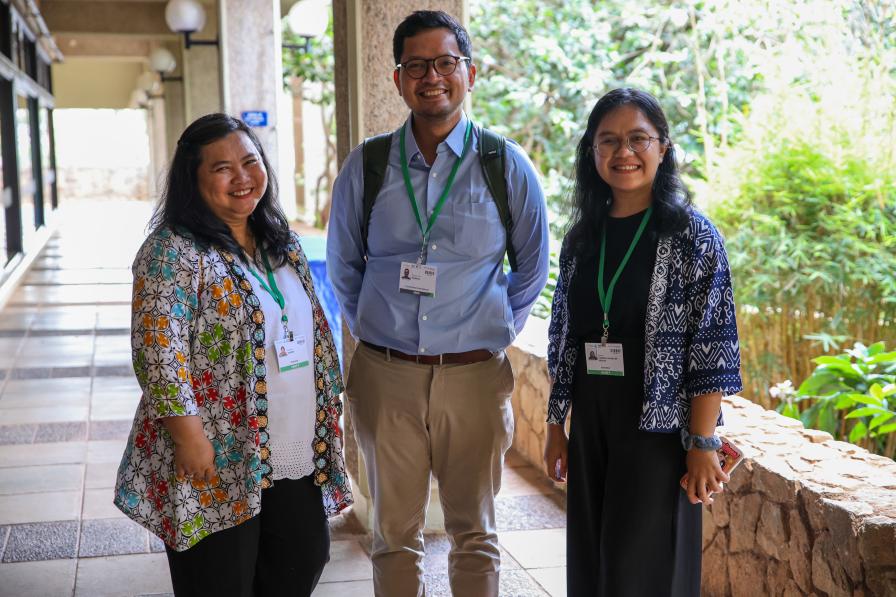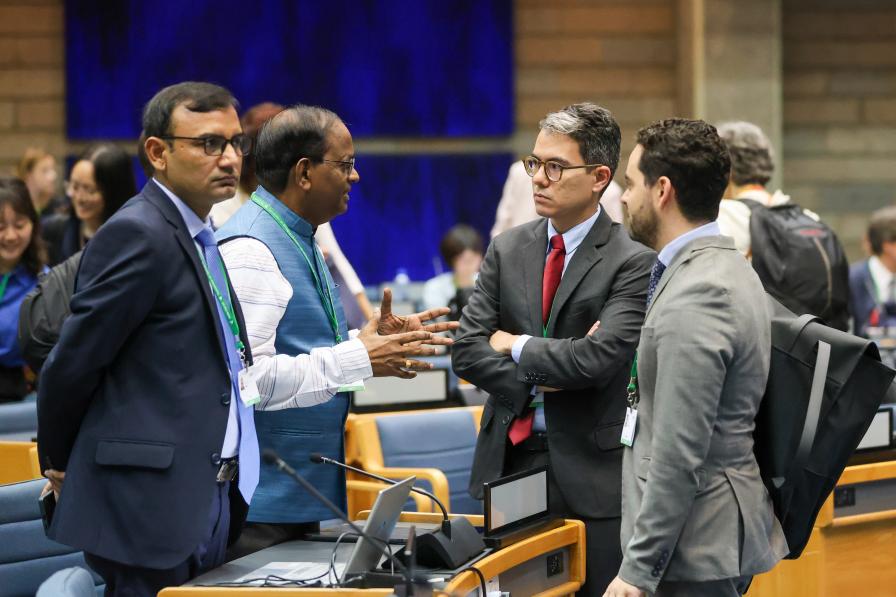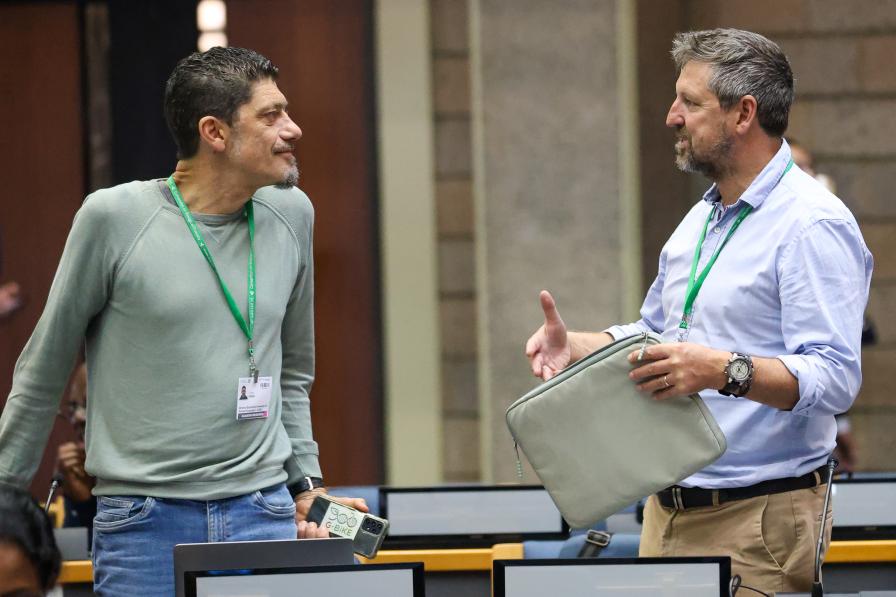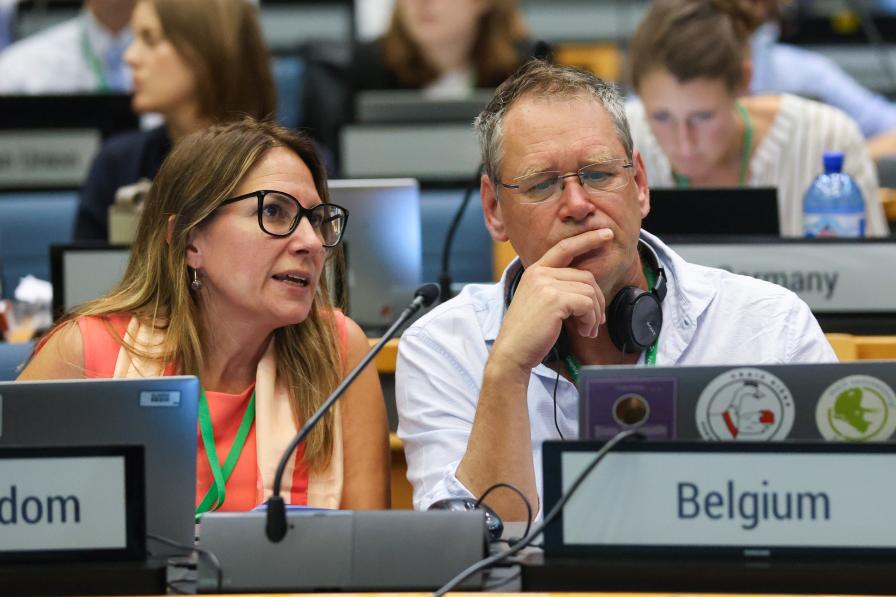Monitoring the progress of the Kunming-Montreal Global Biodiversity Framework (GBF) implementation is a vital aspect of achieving its targets. In order to foster a shared sense of responsibility, it is crucial that parties establish a common understanding of how to reach the GBF’s ambitious objective to, “halt and reverse the decline of biodiversity and ensure the conservation and sustainable use of natural resources by 2030.”
Want to dig deeper into today's talks? Read the full Earth Negotiations Bulletin daily report.
The third day of the twenty-fifth meeting of the Subsidiary Body on Scientific, Technical and Technological Advice (SBSTTA 25) of the Convention on Biological Diversity (CBD) consisted of in-depth discussions on the topics of monitoring collective progress towards achieving the GBF, invasive alien species (IAS), and the links between biodiversity and climate change.
Mechanisms for Planning, Monitoring, Reporting and Review
Discussions in a contact group co-chaired by Bilal Qtishat (Jordan) and Gaute Voigt-Hanssen (Norway) focused on scientific and technical inputs to inform the global review of collective progress in GBF implementation.
Delegates discussed sources of global biodiversity knowledge and information, including the assessments of the Intergovernmental Science-Policy Platform on Biodiversity and Ecosystem Services (IPBES), the Intergovernmental Panel on Climate Change (IPCC), and the Global and Local Biodiversity Outlooks, among others.
Invasive Alien Species
The contact group on IAS, co-chaired by Senka Barudanovic (Bosnia and Herzegovina) and Jean Bruno Mikissa (Gabon), discussed advice and voluntary guidance for Parties and stakeholders for GBF implementation, particularly on the Target 6 on IAS.
Delegates deliberated on using the word “voluntary” in reference to the guidance. Some argued against it saying that IAS are a major driver of biodiversity loss, and thus global commitment is required.
They also debated on whether to include a human-rights approach to IAS risk analysis, which considers the socioeconomic and cultural values affected by IAS.
Biodiversity and Climate Change
Parties reviewed the linkages between biodiversity and climate change, noting the need to create synergies between GBF implementation and the assessment reports of IPBES and the IPCC. Delegates also stressed the need to resolve the contention on nature-based solutions (NbS) with some, indicating that Ecosystem-based Approaches (EbA) are more established in the Convention.
Discussions of the day saw delegates engage in in-depth review on how to tackle two major drivers of biodiversity loss: IAS and climate change. The spirit of cooperation won the day during discussions on the voluntary guidance and advice on IAS. However, discussions in the evening on linkages between climate change and biodiversity brought to the surface old contentions regarding NbS and EbA. Some delegates indicated that even though NbS is being promoted as part of the solution to both crises, it is not a panacea.
To receive free coverage of global environmental events delivered to your inbox, subscribe to the ENB Update newsletter.
All ENB photos are free to use with attribution. For the 25th Meeting of the CBD Subsidiary Body on Scientific, Technical, and Technological Advice (SBSTTA 25) and Resumed Second Part of the 15th Meeting of the CBD Conference of the Parties, please use: Photo by IISD/ENB | Mike Muzurakis.
